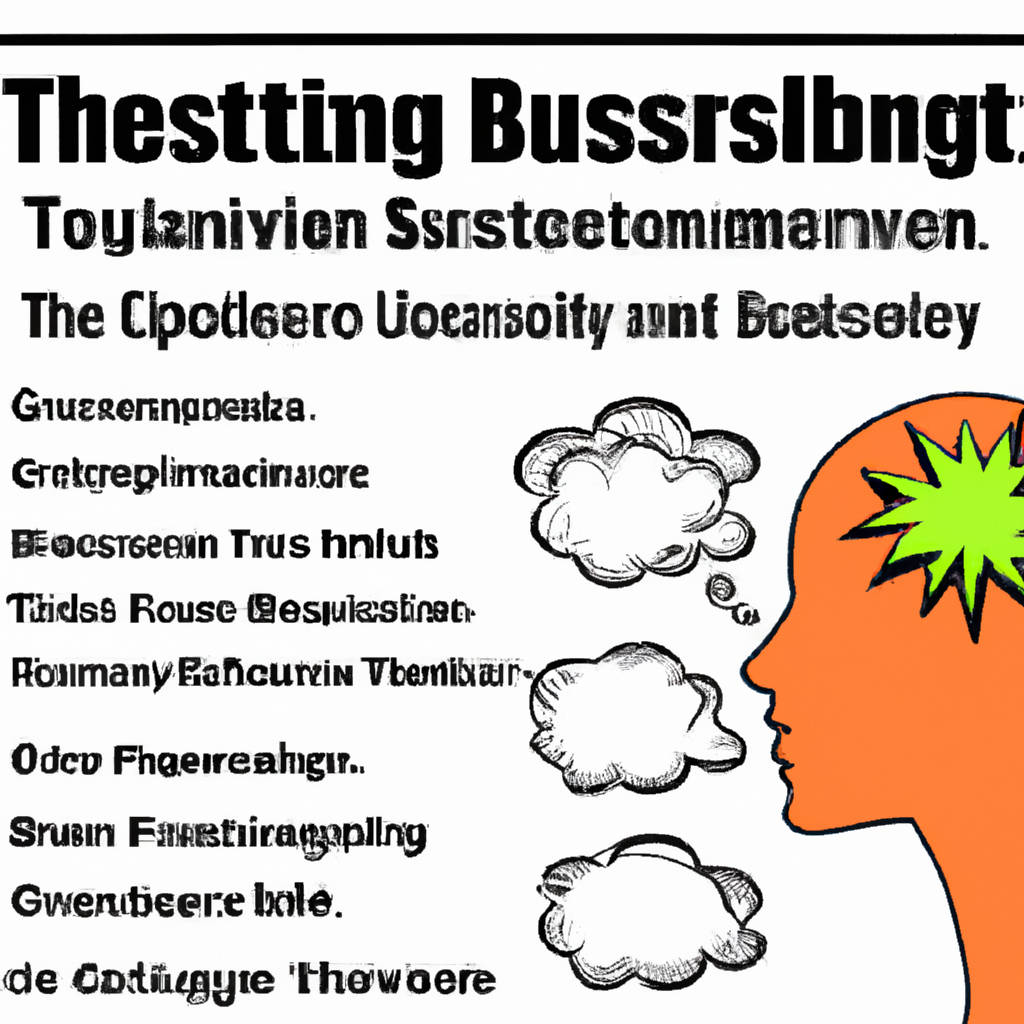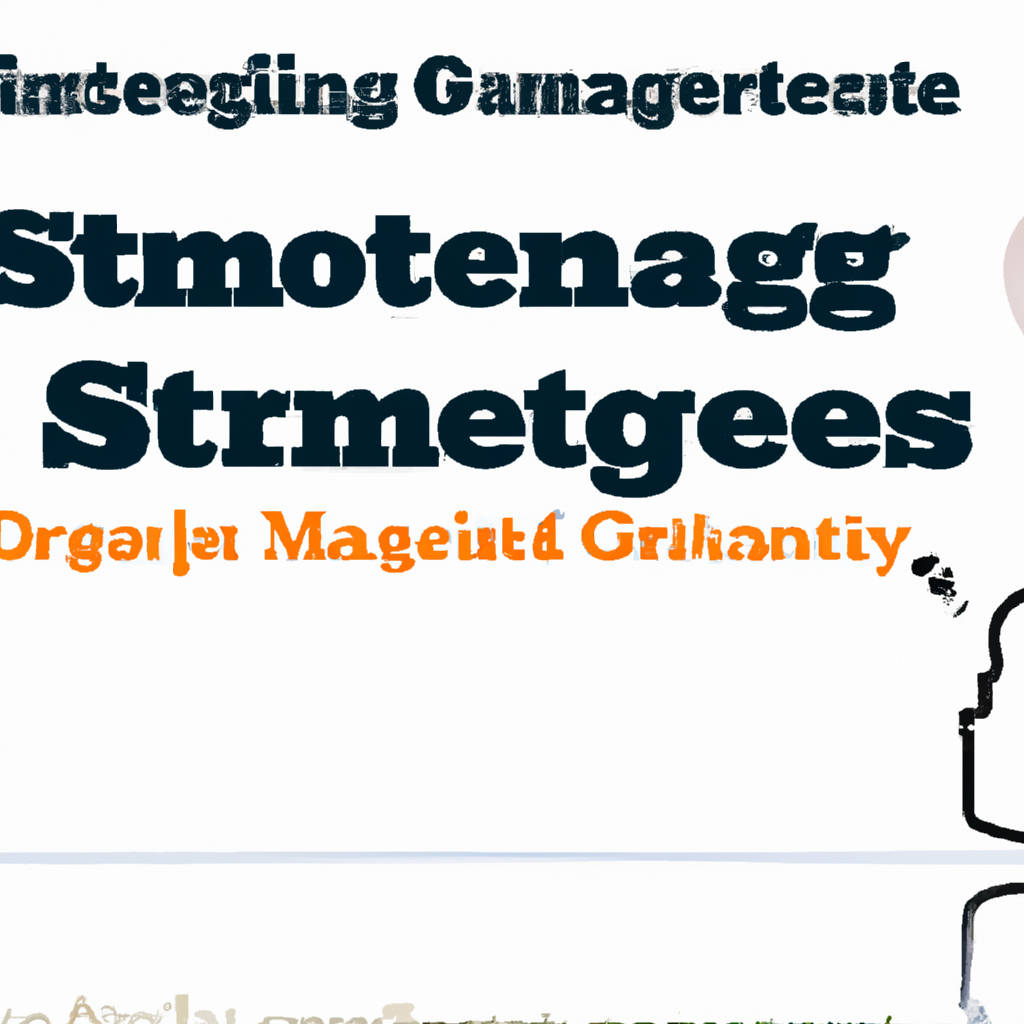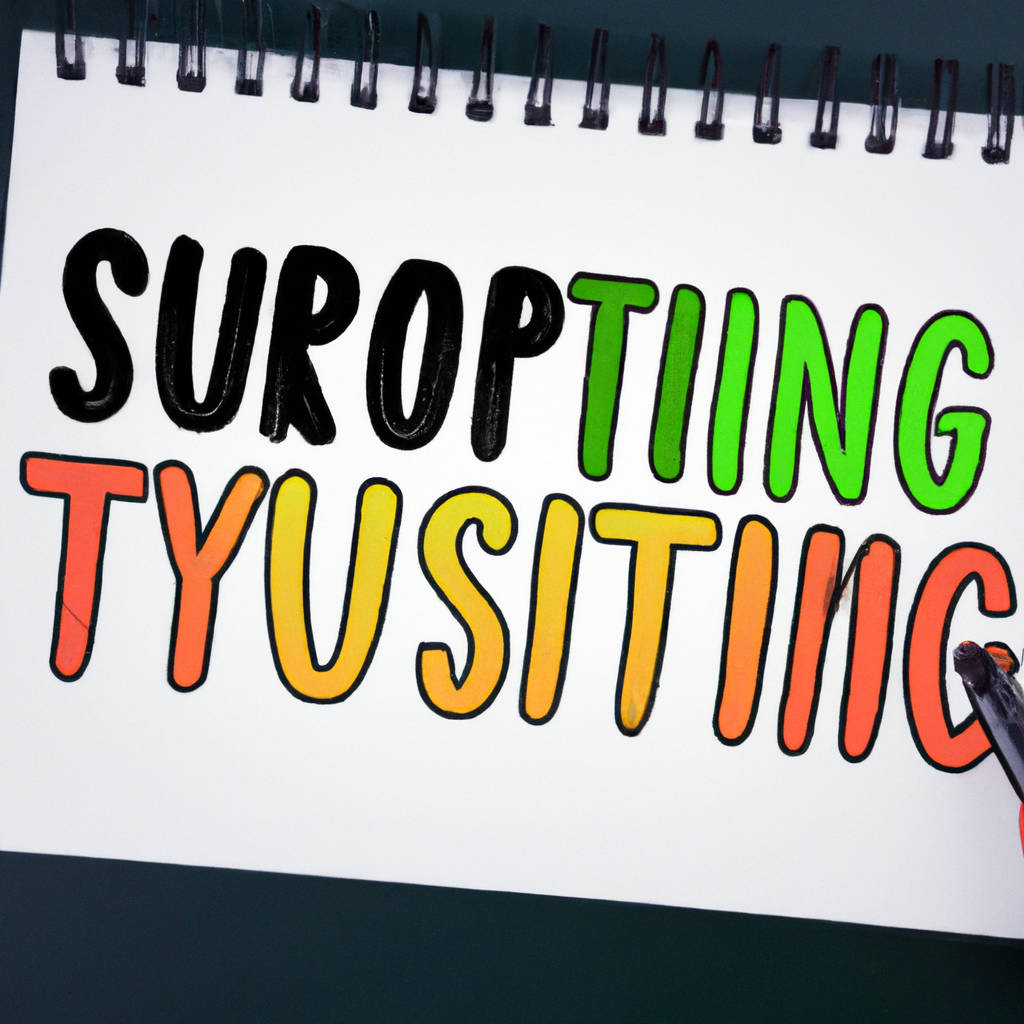Intrusive thoughts, unwanted and often distressing ideas or images that seem to come out of nowhere, can be overwhelming and difficult to manage. They can stem from various sources such as anxiety disorders, obsessive-compulsive disorder (OCD), post-traumatic stress disorder (PTSD), or depression. However, there are strategies one can adopt to cope with these intrusive thoughts effectively. One recommended approach is mindfulness, which involves acknowledging the thoughts without engaging with or judging them. By accepting their existence without panic or fear, one can decrease their power and frequency. Cognitive behavioral therapy (CBT) is another practical tool for managing intrusive thoughts.
This form of therapy aids individuals in understanding and changing thought patterns leading to unwanted behaviors or feelings. Additionally, implementing regular exercise and a healthy diet can also contribute positively to mental health, thereby reducing the occurrence of intrusive thoughts. It’s important not to suppress these thoughts as it can create a cycle of more stress and anxiety. Instead, sharing these thoughts with a professional therapist or support group can be beneficial. Using these strategies, individuals can learn to manage intrusive thoughts and minimize their impact on daily life. However, remember that it’s a process that takes time and patience, and it’s always advisable to seek professional help if intrusive thoughts are causing significant distress or interfering with normal functioning.

Strategies for Managing Intrusive Thoughts
Managing intrusive thoughts canoften be a challenging task. However, several strategies can help individuals cope with such thoughts and prevent them from disrupting their daily lives. Cognitive behavioral therapy (CBT) is one of the most effective methods for intrusive thoughts management. CBT helps individuals understand their thought patterns, enabling them to identify and challenge their intrusive thoughts. Mindfulness meditation is another helpful strategy. It encourages individuals to acknowledge their intrusive thoughts without judgment and gently guide their attention back to the present moment.
This practice can help reduce the power and frequency of intrusive thoughts over time. In addition to these, exposure and response prevention (ERP) therapy can be beneficial, especially for those dealing with obsessive-compulsive disorder (OCD). ERP involves exposing oneself to the thoughts, images, and situations that make them anxious and then preventing the usual response. Over time, this can help reduce anxiety caused by intrusive thoughts.
Moreover, maintaining a healthy lifestyle including regular exercise, balanced diet, and adequate sleep can also contribute to better mental health and lower instances of intrusive thoughts. Finally, seeking professional help, such as therapy and counseling, can be extremely beneficial. Professionals can provide personalized strategies and tools to manage intrusive thoughts based on the individual’s unique experiences and needs. Remember, experiencing intrusive thoughts is a common aspect of human cognition, but if they become distressing or interfere with daily life, it may be necessary to seek professional help.
Cognitive Behavioral Techniques for Intrusive Thoughts
Cognitive behavioral techniques have proven to be a highly effective approach for managing intrusive thoughts. These techniques are based on the understanding that our thoughts, feelings, and behaviors are interconnected and influence each other. Therefore, by altering one’s thought patterns, it is possible to induce changes in feelings and behaviors as well. Cognitive behavioral therapy (CBT) is often used to help individuals better understand their thought processes and develop effective strategies for dealing with unwanted intrusive thoughts.
One commonly utilized CBT technique is cognitive restructuring, which involves identifyingand challenging irrational or negative thoughts, and replacing them with realistic and positive ones. Another technique is exposure and response prevention, where individuals deliberately confront their intrusive thoughts without resorting to any compulsive behavior or avoidance tactics, to learn that they can tolerate the distress. Moreover, mindfulness techniques are also employed to help individuals remain focused on the present moment, accept intrusive thoughts without judgment, and let them pass naturally instead of engaging with them.
It’s important to note that these techniques require practice and patience, and the guidance of a trained professional can be invaluable. Over time, as individuals become more adept at recognizing and managing their intrusive thoughts, they can experience significant reductions in their frequency and intensity. This in turn can lead to improvements in overall mental wellbeing and quality of life. In essence, cognitive behavioral techniques provide a powerful toolset for individuals to regain control over their thought processes and manage intrusive thoughts more effectively.
Mindfulness and Meditation Practices
Mindfulness and meditation practices have emerged as powerful tools for managing stress and enhancing overall well-being. These ancient practices stem from various cultural and spiritual traditions, but are now recognized worldwide for their profound impact on mental and emotional health. Mindfulness, in its simplest form, is the practice of maintaining a non-judgmental state of heightened or complete awareness of one’s thoughts, emotions, or experiences on a moment-to-moment basis. It encourages individuals to live in the present, engaging fully with life as it unfolds, rather than being caught up in the past or future.
Meditation, on the other hand, involves techniques such as focusing on one’s breath, a specific object, or a mantra, to train attention and awareness, and achieve a mentally clear and emotionally calm and stable state. It’s a practice that requires time and patience, but its benefits are manifold. It can alleviate anxiety, depression, and pain, and even contribute to improved cardiovascular health.
Both mindfulness and meditation are not just practices but are ways of living. By incorporating them into our daily routines, we can foster a deeper connection with ourselves and the world around us. They offer us the opportunity to pause and reflect amidst our busy lives, promoting a sense of peace and tranquility that can improve our mental resilience and overall happiness.
Moreover, they also foster self-awareness and self-compassion, which are essential for personal growth and self-improvement. They enable us to become more cognizant of our thoughts and feelings, helping us to understand ourselves better and make more conscious, thoughtful decisions.
In a fast-paced, technology-driven world, mindfulness and meditation serve as grounding elements, reminding us to slow down and appreciate the beauty of the present moment. They are more than just stress-relief techniques; they are means to cultivate a peaceful mind and a compassionate heart, enhancing the quality of life and leading to a more fulfilling existence.
Seeking Professional Support for Intrusive Thoughts
Dealing with intrusive thoughts can be a daunting experience, often leaving individuals feeling alone, confused, and overwhelmed. These unwelcome, involuntary thoughts, images or unpleasant ideas can cause a great deal of anxiety, distress and discomfort. They can intrude at the most inappropriate times and seem difficult to manage or eliminate. Even though it’s a common part of human cognition, for some, it can become excessive and may lead to certain disorders such as obsessive-compulsive disorder (OCD), general anxiety disorder (GAD), post-traumatic stress disorder (PTSD), among others.
Hence, seeking professional support is an essential step to understand and manage these thoughts effectively. Psychologists, psychiatrists, and therapists are trained to help you understand the root cause of these intrusive thoughts, offering strategies and therapies such as cognitive-behavioral therapy (CBT), exposure response prevention therapy (ERP), and mindfulness-based cognitive therapy (MBCT), that can help to reduce their frequency and intensity. These professionals can provide you with tools and techniques to manage your response to these thoughts, thereby enabling you to regain control over your mind.
They can also help you differentiate between intrusive thoughts and your actual beliefs and values, which is crucial in reducing the distress associated with such thoughts. The journey towards managing intrusive thoughts is unique for everyone, but with professional guidance, it becomes less daunting. Remember, there is no shame in seeking help. It is a sign of strength and the first step towards improved mental wellbeing. The key is to reach out, communicate your struggles, and take that important step towards getting the support you need.

Creating a Supportive Environment for Coping with Intrusive Thoughts
Creating a supportive environment for managing intrusive thoughts is a critical aspect of mental health wellness. Intrusive thoughts, which can manifest as sudden, unwelcome ideas or images, can often cause distress and anxiety. These thoughts may revolve around self-harm, aggression, or other unsettling themes, and individuals may struggle to dismiss or control them. To mitigate the impact of intrusive thoughts, it’s important to foster an atmosphere that encourages open communication, understanding, and acceptance.
One key element in this endeavour is empathy. Those around the individual experiencing intrusive thoughts should strive to understand and validate their feelings, instead of dismissing or belittling them. This can help reduce feelings of isolation and shame, which are often associated with such thoughts.
Education is also essential. Understanding the nature of intrusive thoughts—that they are a common symptom of various psychological disorders and not a reflection of a person’s character or desires—can help both the individual and their support network approach the problem with more compassion and less judgment.
Encouraging professional help is another crucial step. Therapists and mental health professionals can provide valuable strategies for managing intrusive thoughts, such as cognitive behavioral therapy or mindfulness techniques. They can also provide reassurance that these thoughts do not define the individual or presage their actions.
Self-care should also be promoted within this supportive environment. Regular exercise, adequate sleep, a balanced diet, and mindfulness practices can all contribute to better mental health and resilience against intrusive thoughts.
Finally, it’s important to foster patience and perseverance. Overcoming or managing intrusive thoughts is not an overnight process; it requires time and consistent effort. By creating an environment that acknowledges this reality and provides ongoing support, individuals can feel more empowered to cope with their intrusive thoughts. This approach not only helps the individuals directly affected but also promotes a broader understanding and acceptance of mental health challenges in society at large.
Conclusion
In essence, a conclusion serves as a critical component in any form of writing or argument. It’s the point where the writer or speaker synthesizes the main points, findings or results they’ve discussed throughout the piece. This synthesis doesn’t simply reiterate what’s been said, but instead brings together the key elements in a meaningful way, presenting the reader or listener with a final, cohesive perspective to ponder upon. A solid conclusion often leaves a lasting impact, provoking thought and facilitating a deeper understanding of the topic at hand. It can be seen as the climax of the narrative or argument, offering a sense of closure and completeness.
The importance of a well-structured and thought-provoking conclusion cannot be overstated, as it has the power to shape the reader’s final impression of the entire piece. Moreover, it functions as a platform for the author to express their personal viewpoint, insights, recommendations, or even pose further questions for future exploration. In a research context, the conclusion provides a summary of the findings, implications and potential directions for future research without introducing new information. In more persuasive contexts, like debates or essays, the conclusion is where the author restates their stance, reinforcing their arguments and providing a compelling final statement. In creative writing, the conclusion often resolves the plot, tying up loose ends and providing resolution for the characters. Regardless of context, a strong conclusion fulfills the purpose of the piece and leaves the audience with a resonating sense of completion and satisfaction.